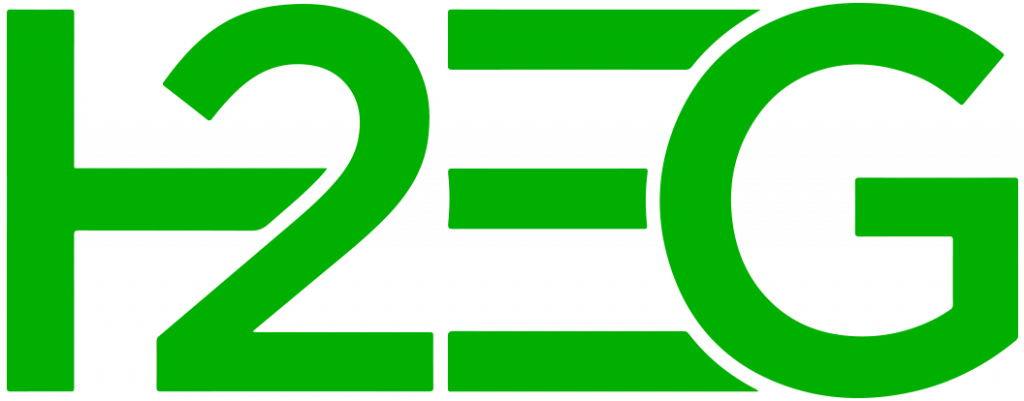Ranging from Suffolk to Shetland, the projects are expected to boost the UK’s hydrogen production capacity by 800MW and have been slated to deliver hydrogen to companies across industries – from pharmaceuticals to automotive.
Among the projects are HydraB Power’s Suffolk Hydrogen, Exolum’s Tees Valley Hydrogen, as well as bp and Aberdeen City Council’s Aberdeen Hydrogen Hub.
RWE’s 200MW green hydrogen electrolyser phase II project in Pembrokeshire; Grenian Hydrogen’s PEM electrolyser project at Speke in Liverpool; Veri Eenrgy’s Sullim Voe Terminal project; and EDF’s 200MW Tees Green Methanol have also been named by the government.
Claire Coutinho, UK Energy Security Secretary, said the government was “cementing” the UK’s place as a “world leader in hydrogen” by funding the projects.
The funding follows the UK Government’s selection of 11 green hydrogen projects, totalling 125MW of capacity for £2bn ($2.5bn) of revenue support.
Read more: UK Government selects 11 green hydrogen projects for £2bn of revenue support
Praising the latest backing, Clare Jackson, CEO of Hydrogen UK, said such announcements “fortify” the UK’s hydrogen economy, “accelerating us towards meeting our ambitious production.”
Despite doubling its 2030 low-carbon production target to 10GW in 2022, the government has recently faced calls from industry bodies to set even more ambitious goals.
Earlier this month (February 2024), the North West Hydrogen Alliance (NWHA) called for a new 20GW hydrogen production target by 2035, as well as the acceleration of business models.
Mind the gap: Lessons from the world’s subway systems for the UK’s hydrogen future
Many of the world’s first subway systems were categorised by a series of independent ventures that operated in competition with each other. For 40 years the London Underground was operated by two separate companies before they joined together under one brand and one vision. Meanwhile in New York, the city’s elevated and subway lines operated in competition to one another for around 70 years before a single entity took over and the difficult process of integration began. Tokyo has always had two separate subway systems – one operated privately, and another by the government.
This somewhat disjointed evolution to city subway systems has, in many places, led to highly complex networks featuring different station and line designs, and rolling stock which creates ongoing challenges for renovation, extension and integration. To this day, division A and B of the New York metro cannot be integrated due to the difference in tunnel design and consequently the different size rolling stock that can be used.
The famous phrase “mind the gap”, which can be heard in subways and railway stations everywhere from Helsinki to Hong Kong, exists because of varying design choices. A mixture of platform heights, station designs and rolling stock has led to gaps several inches across and several inches high on numerous platforms around the world. It’s an unfortunate design relic that will continue to create access challenges for the less mobile well into the future…
Click here to keep reading.

